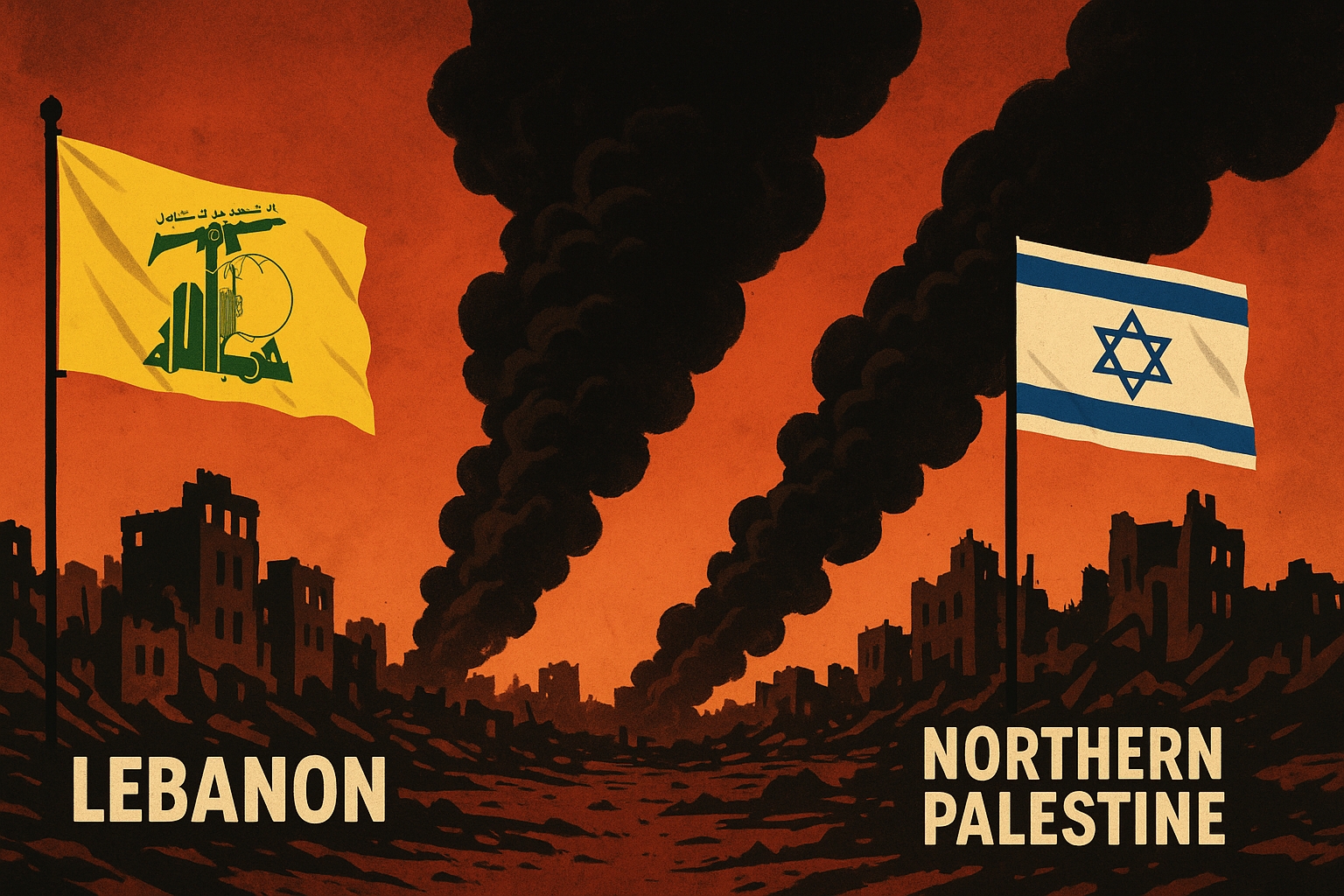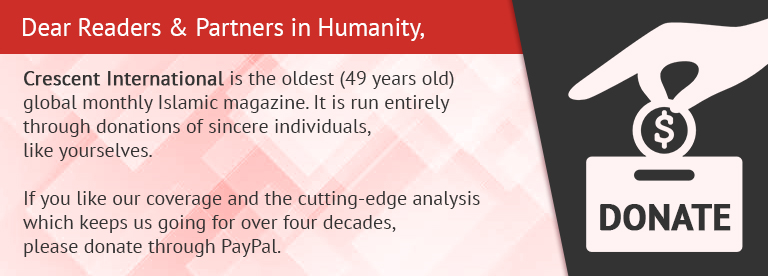



 Crescent International
Crescent International
At the moment, the hottest front in the regional war that escalated in 2023—centered in and around Palestine—is Lebanon.
The current phase of the conflict suggests that it is only a matter of time before the Lebanese front will reopen fully.
The key questions are how it will reopen, and why.
To interpret the ongoing murders and assassinations in Lebanon carried out by Israel through the narrow prism of news coverage and wartime optics is simplistic.
What is often missing is a proper regional and historical context—and a recognition that the war that escalated in 2023 is prolonged, regional in scope, and fundamentally non-conventional.
To examine the technicalities of how and why the Lebanon front is likely to reignite, it is essential to understand the fundamental political and military framework of the region.
Western propaganda routinely ignores this factor.
As one of the foremost regional analysts, veteran war correspondent Elijah J. Magnier, explains: “Hezbollah and Hamas are not conventional armies but socio-political movements whose authority derives from disciplined ideology, adaptive strategy, and the loyalty of the communities that sustain them. Defeat is not defined by battlefield loss but by the collapse of legitimacy and cohesion. For Hezbollah and Hamas, survival under sustained assault already constitutes success.”
With this in mind, informed observers know that the current situation in the region is unsustainable—for Hizbullah and the zionist regime.
Hizbullah will have to restore the post-2006 deterrence on the Lebanese front for both internal and regional reasons.
Internally, its constituency will eventually demand that Hizbullah respond to frequent Israeli bombings and fulfill the role it assumed in 1982: the protector of Lebanon against zionist aggression.
At the regional level, Hizbullah’s key ally, Iran understands that its strategic patience approach must be revised, and that the only meaningful deterrent against further Israeli–EU–US aggression is a determined response to even the slightest Israeli provocations.
Another external factor pushing Hizbullah to re-establish post-2006 deterrence is the reality that in the next regional war, Israel’s proxy in Damascus will likely participate in an Israeli ground offensive against Lebanon.
With the pro-zionist militia in Damascus weakened by years of proxy warfare, waiting for it to be retrained, rearmed, and refinanced by Israel and its allies would place Lebanon—and the wider region—at a clear strategic disadvantage.
Internally, Hizbullah’s patience in responding to Israeli aggression allows the movement to strengthen its political credibility at home while eroding the credibility of its domestic opponents.
By showing restraint, Hizbullah demonstrates discipline, strategic calculation, and a willingness to avoid unnecessary escalation— qualities that resonate strongly with its constituency.
A delayed and well-calibrated response also ensures that when Hizbullah does act, it will do so with broad domestic and regional support.
This approach gives the movement the political cover it needs, reinforces the perception that its actions are measured and justified, and defines Hizbullah as a responsible actor defending Lebanon rather than the party dragging the country into conflict.
For Israel, the current situation is also unsustainable for multiple reasons.
Israel knows that Hizbullah is actively rebuilding its capabilities and is able to exploit the collapse of Syria as a functioning state to maintain a degree of logistical flow through Syrian territory.
This means that the longer the confrontation drags on, the more time Hizbullah has to adapt, reorganize, and strengthen its deterrent posture.
Regular attacks on Lebanon are also draining the zionist entity.
They keep Israel locked in a permanent state of mobilization, shattering its illusion of a stable or functional long-term future.
This constant insecurity is pushing zionist colonizers to leave Palestine in increasing numbers.
Zionist attacks also reinforce global and regional perceptions that Israel is a warmongering entity incapable of existing without resorting to continuous murders, assassinations, and escalatory violence.
Israel, therefore, faces a strategic dilemma: If it stops attacking Lebanon, it creates more space for Hizbullah to rebuild, reorganize, and enhance its deterrence.
If it continues attacking, it risks triggering a renewed and intensified phase of the regional war—one that would bring heavy casualties, huge economic costs, severe infrastructure damage, and a further rise in zionist emigration.
In either scenario, the current model is unsustainable for the zionist entity, which is trapped between escalation and erosion.
This leads us to the question of how.
While one cannot predict the exact tactical details of the anticipated escalation, it is likely that Hizbullah will seek to contain the fighting to South Lebanon and Northern Palestine.
This does not mean that the war will be less intense.
Rather, it suggests that the geographic scope will be intentionally limited to avoid an uncontrolled, region-wide conflagration at the outset.
Hizbullah will likely aim to inflict catastrophic consequences on the zionist entity in northern Palestine, degrading its military and civilian infrastructure in ways that fundamentally alter the regime’s sense of security.
By doing so, Hizbullah preserves its ability— along with its allies—to escalate geographically when strategically necessary.
In other words, while the initial front may remain localized, the option of wider escalation via Iran, Yemen, or other members of the Resistance Axis will remain a powerful card to be played at the right moment.
In essence, the Lebanon front sits at the intersection of internal pressures, regional calculations, and the strategic exhaustion of the zionist entity.
Both Hizbullah and Israel understand that the current equilibrium cannot hold: Hizbullah must restore post-2006 deterrence to maintain domestic legitimacy and regional coherence, while Israel cannot sustain perpetual attrition without accelerating its own political, demographic, and strategic decline.
The coming confrontation is, therefore, not a question of if but when and how—and its outcome will shape not only the balance of power along the Lebanese–Palestinian frontier but the trajectory of the wider regional war that has already redefined West Asia since 2023.
